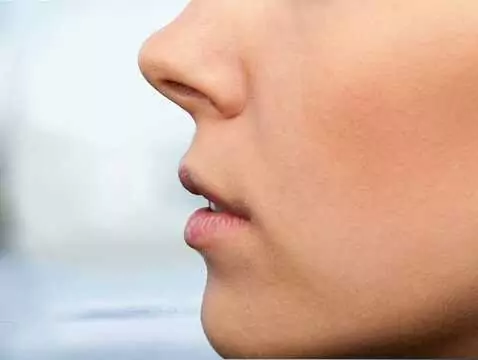Chronic sinusitis (CPP) is one of the most common ENT conditions. Typical symptoms include headache, restricted nasal passage and nasal discharge commonly referred to as a runny nose. Sinus ballooning is a revolutionary treatment method for the treatment of the ENT, which is an alternative to classical surgery. It is a minimally invasive method that uses special micro-tools to reach hard-to-reach areas inside the nasal cavity.
What is a PCP?
Chronic sinusitis (CPP) is an ENT disease that is very common in the Polish population. Typical symptoms of this disease include reduced nasal patency, headache, chronic discharge (commonly known as a runny nose) and a tendency to frequent upper respiratory tract infections. The diagnosis of chronic sinusitis requires that symptoms persist for more than 12 weeks. It is a disease entity that significantly reduces quality and comfort of life. In a study of a group of patients with COPD, it was noted that the occupational productivity of those suffering from COPD is 20% lower than that of the healthy population. The disease often manifests itself in sleep disturbances based on reduced airway ventilation, which in turn translates into impaired concentration, poor mood and irritability during daytime activities.
Causes of PTSD
The cause of chronic sinusitis is inflammation that causes blockage of the sinus cavities, resulting in a backlog of secretions and restricted nasal patency. Patients are quite often accompanied by hoarseness, sore throat and cough, caused by the flow of secretions down the back wall of the throat. The aetiology of this condition is thought to be multi-causal, with anatomical abnormalities of the nasal cavity skeleton, paranasal sinuses and the soft tissues that make up the nasal auricles playing a large role. One common condition that has a major impact on inflammation of the sinuses and nasal cavity is curvature of the nasal septum - the bony and cartilaginous structure that divides the nasal cavity into two symmetrical parts. The lack of this symmetry causes obstructed ventilation, which contributes to the formation of inflammatory lesions. Chronic inflammation can result in the formation of nasal polyps, i.e. hypertrophied mucous membrane blocking the sinus mouth.
Chronic sinusitis has long been a challenge for ENT and general practitioners. Treatment of chronic sinusitis most often begins with pharmacotherapy. Medications commonly used include glucocorticosteroids, mucosal constrictors and non-steroidal anti-inflammatory drugs (NSAIDs). Chronic sinusitis predisposes to upper respiratory tract infections, which in many situations require antibiotic therapy.

photo: shutterstock
Treatment options
Until recently, the methods used to treat chronic sinusitis were generally very burdensome for the patient, as they required extensive surgical intervention in the form of cuts to the facial skin and the inside of the nasal cavity. Recent years have seen the development of minimally invasive methods that allow only inflammatory lesions to be removed without affecting healthy structures, even those in the immediate vicinity of the inflammation. Such solutions make the treatments very precise, the duration of the procedure and hospitalisation is reduced and the recovery period is significantly shortened. Such a 'new generation' treatment is sinus ballooning.









